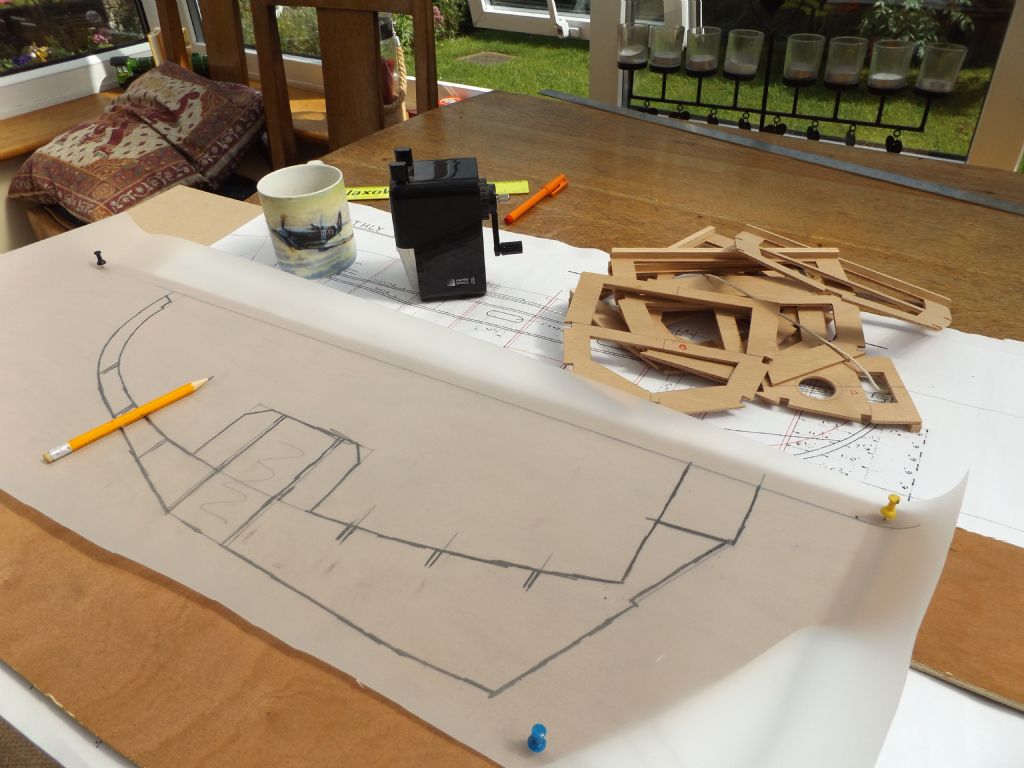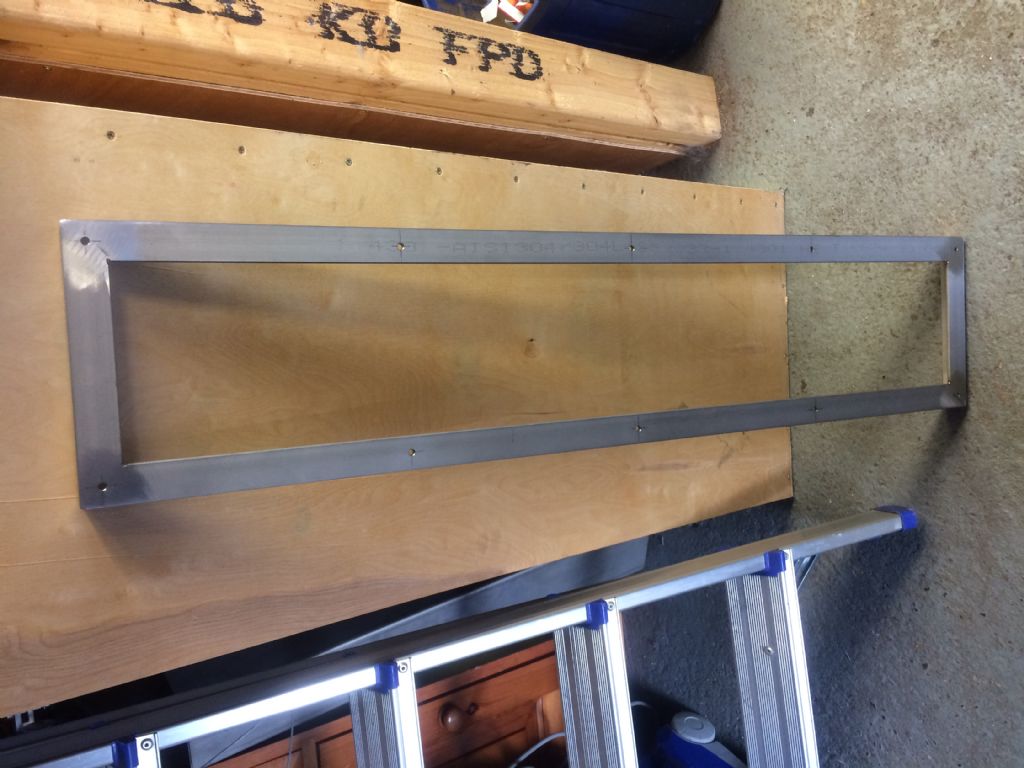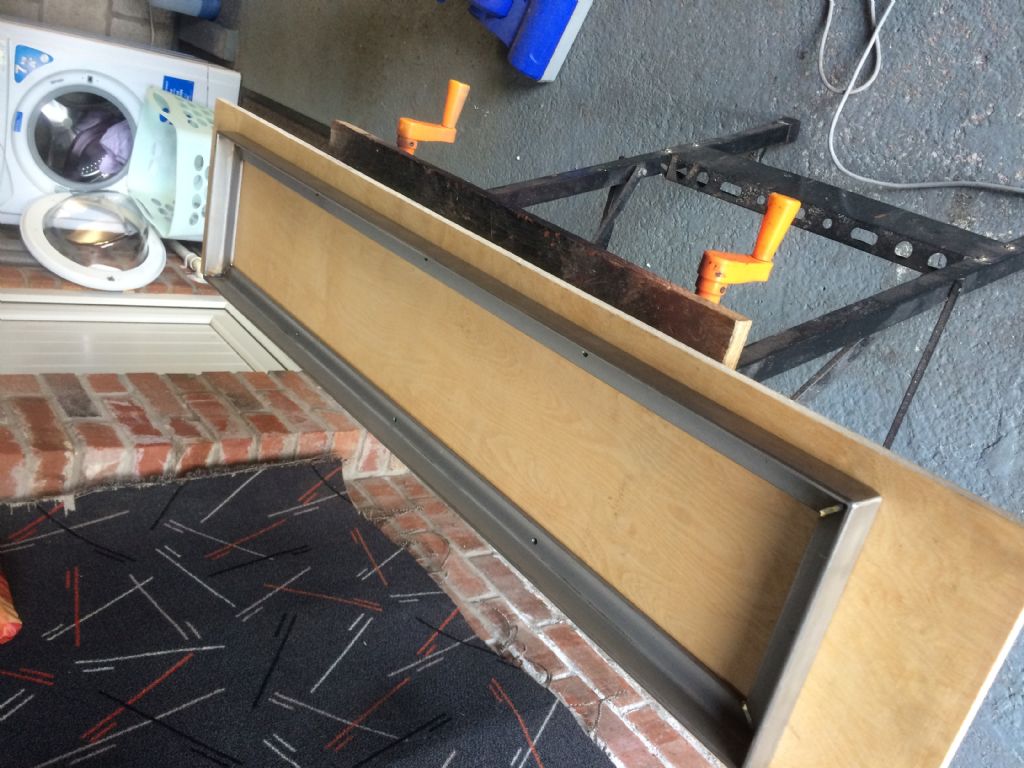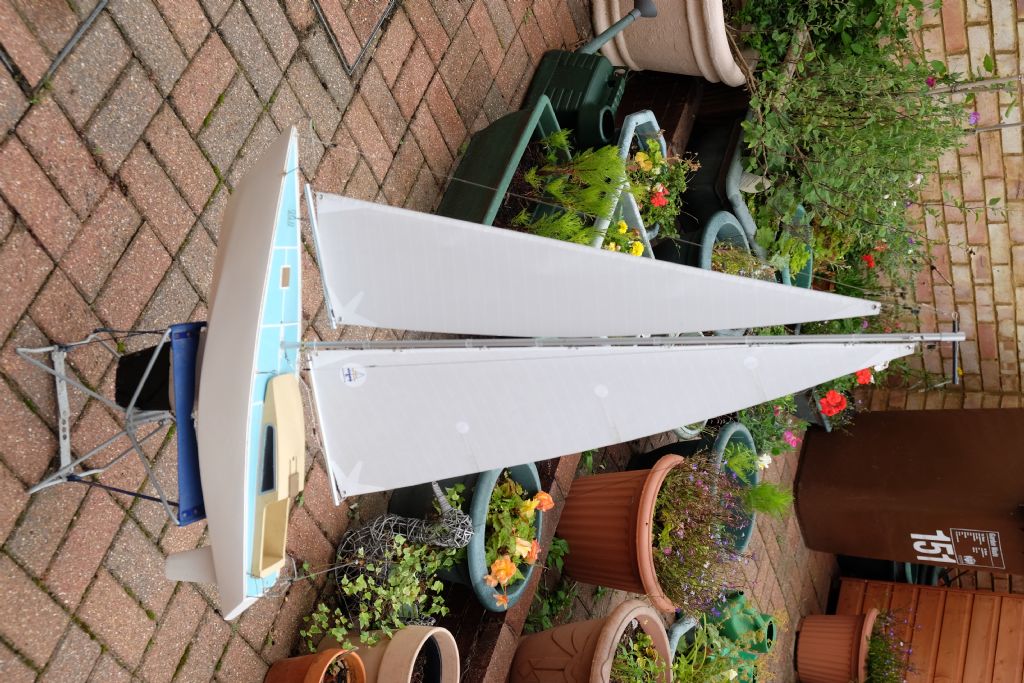You get the transmitter and a receiver and thats it, but that is common with most sets today. You make your own arrangements for power and switching, reasonable enough since a lot of these will be used in models that use an ESC that probably have a BEC and their own power switch. The extension lead idea is good because it saves wear and tear on the receiver terminals, not bothering with a switch eliminates a possible fault liability.
For travel, I look at what the difference of sheet length is between fully in and fully out, then, knowing that drums are usually (dangerous assumption) 1" diameter, get the number of turns I want from that dividing by 3.14. Usually fiddling with the sheet adjustments will result in a close fit between what is available and what is wanted. As an example, my Victoria needs about 7" travel, but has 400 square inches of sail. The winch is a 4 turn one giving 15" of travel, but the line passes through a doubler on deck that halves the travel for the sail but increases the torque so that although it is slower, it works in heavier weather.
The makers and sellers of winches tell you a guesstimate of the number of turns on offer, but you have to buy one to find out the crucial information, which the the drum diameter. The King Max ones as sold by Component shop and various others have a 1" drum, looking at drawings, I am guessing that the Hitech mentioned has the same, but would like to know for sure. Actual travel depends on the transmitter design. It should be the middle third of the control pot resulting in the middle third of the sensing pot at the servo, but different manufacturers always manage to incorporate variations either by accident or design.
With an arm, fiddle with the arm length until it matches. Whichever, if there is a bit of surplus travel, it needs to be at the "fully out" end. A strong winch or servo over pulling will damage either itself or the boat.


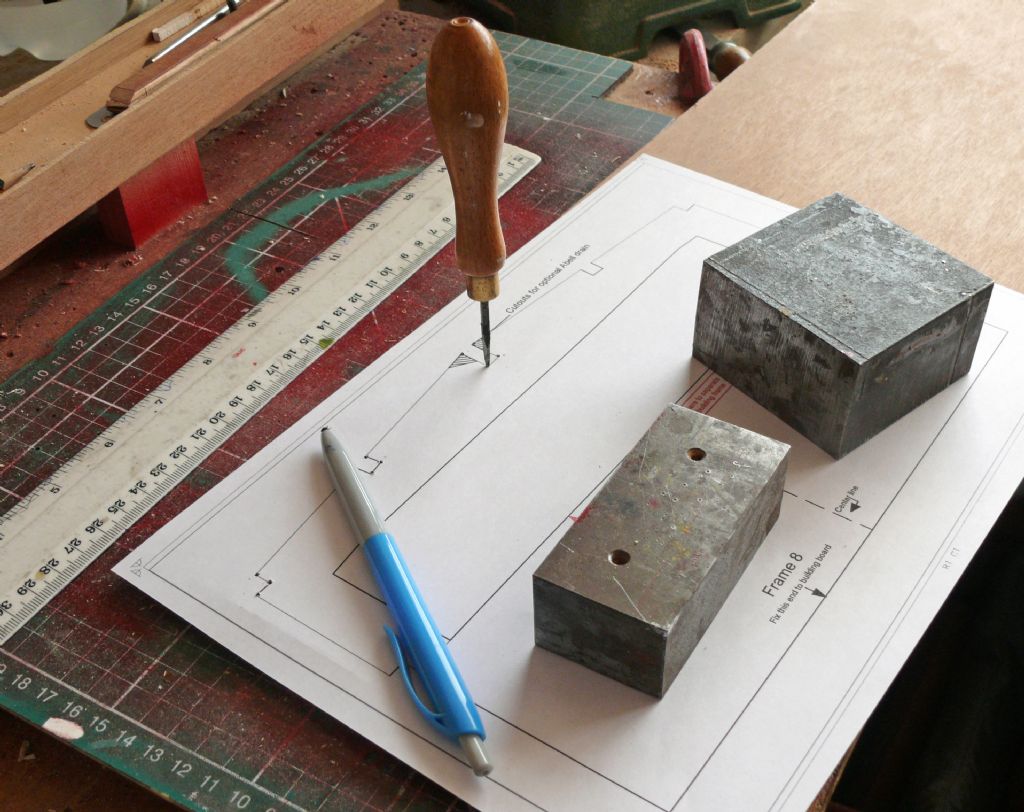
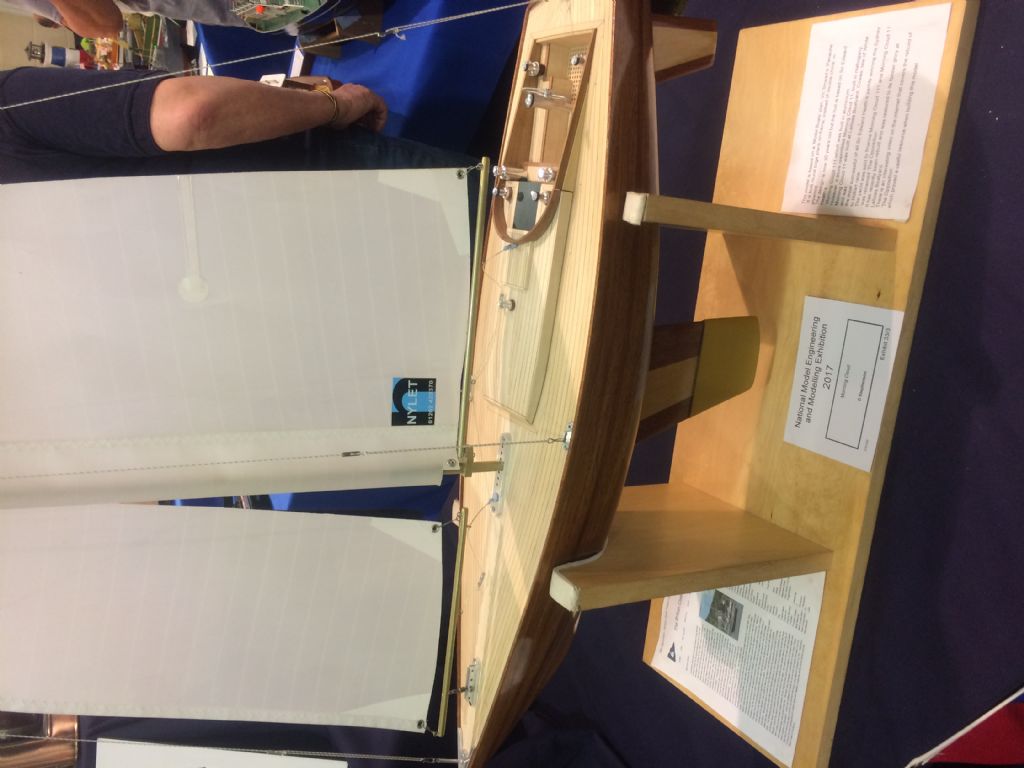
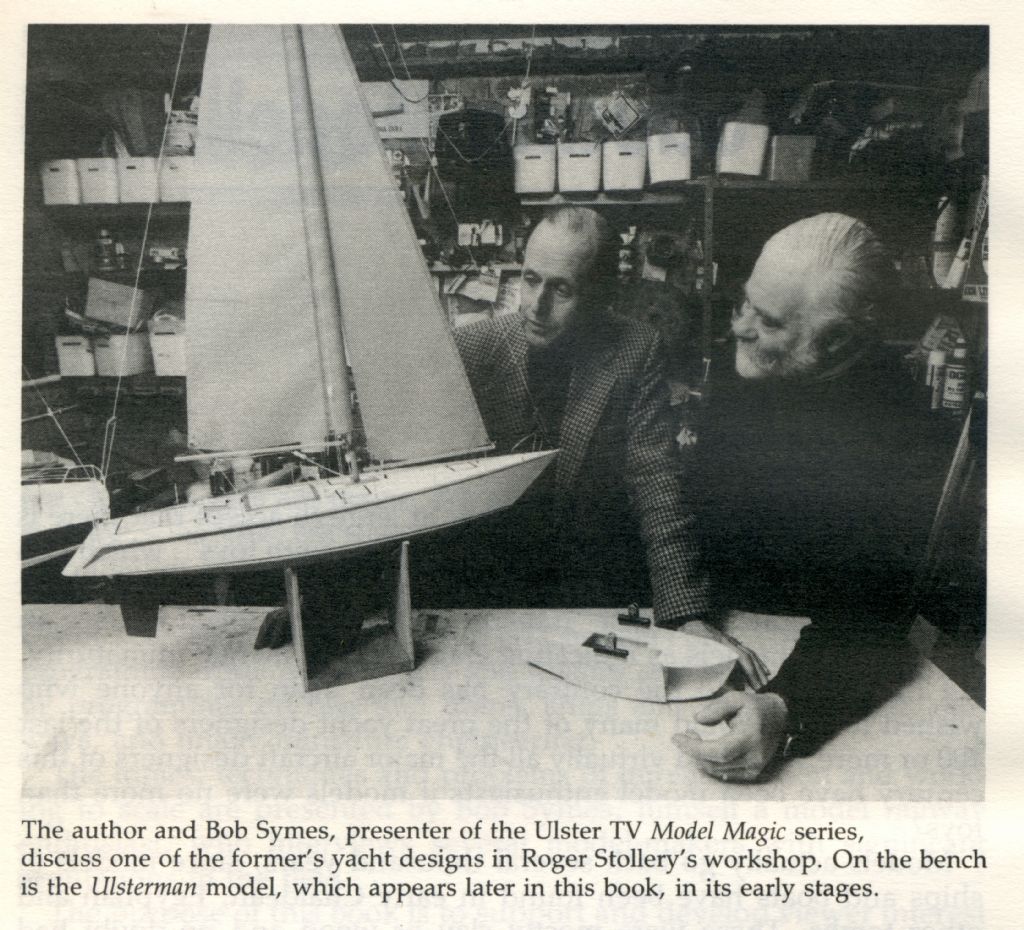
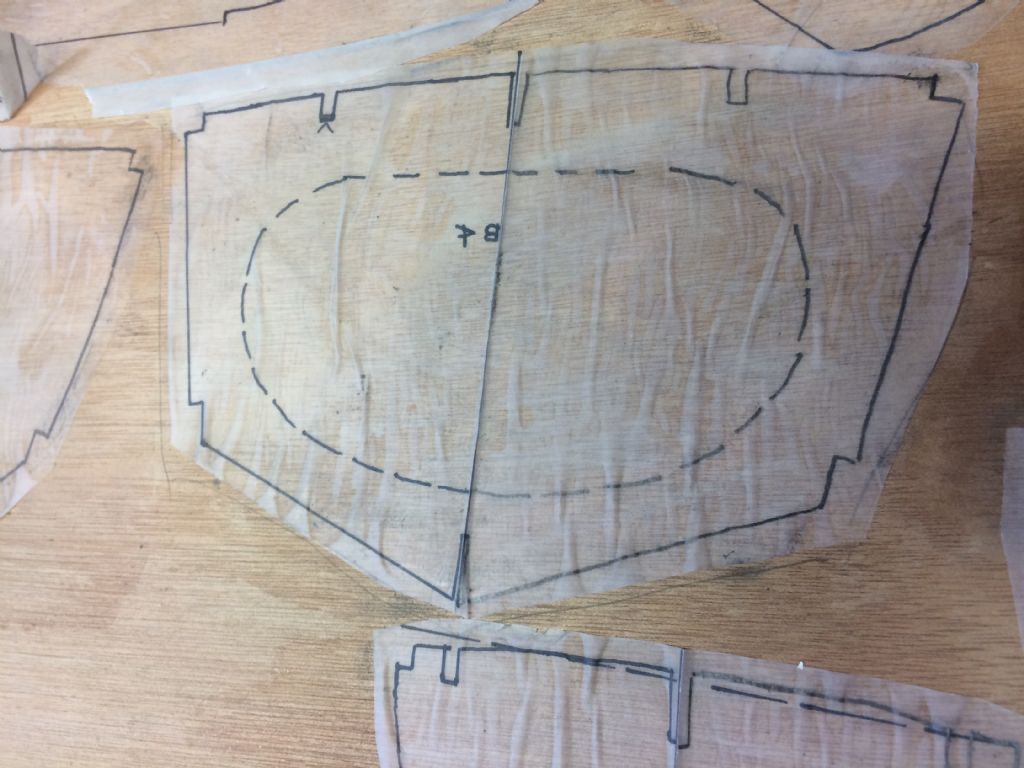
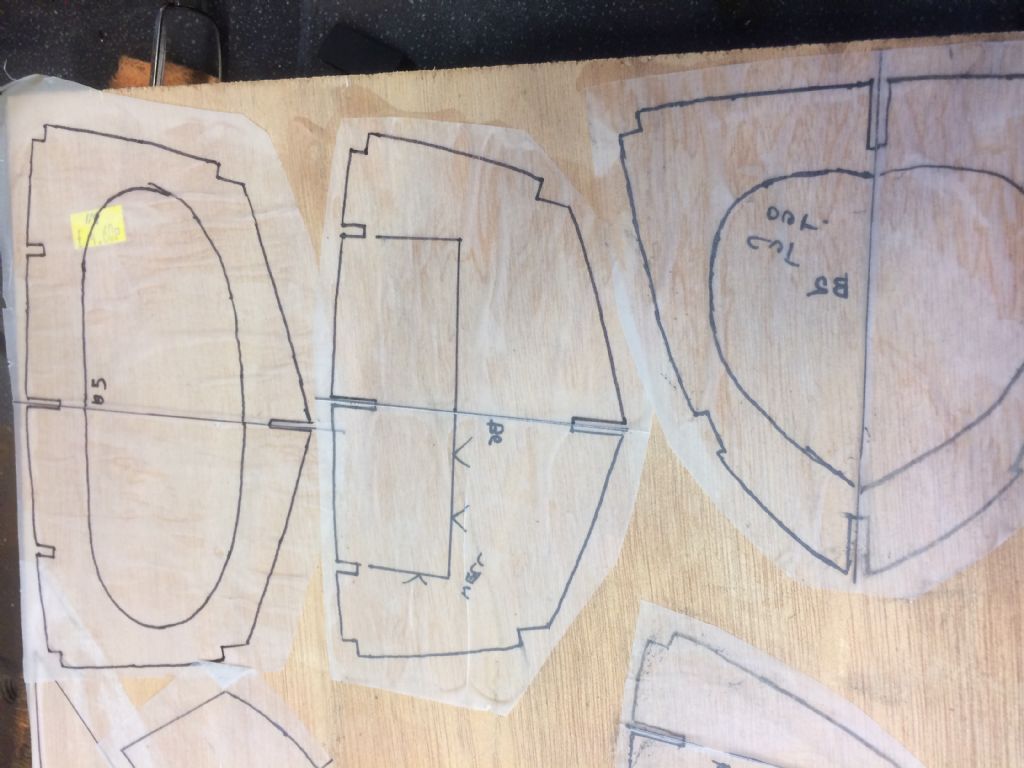
 I also like to produce a set of card templates as an alternative method to draw round onto the plywood.
I also like to produce a set of card templates as an alternative method to draw round onto the plywood.